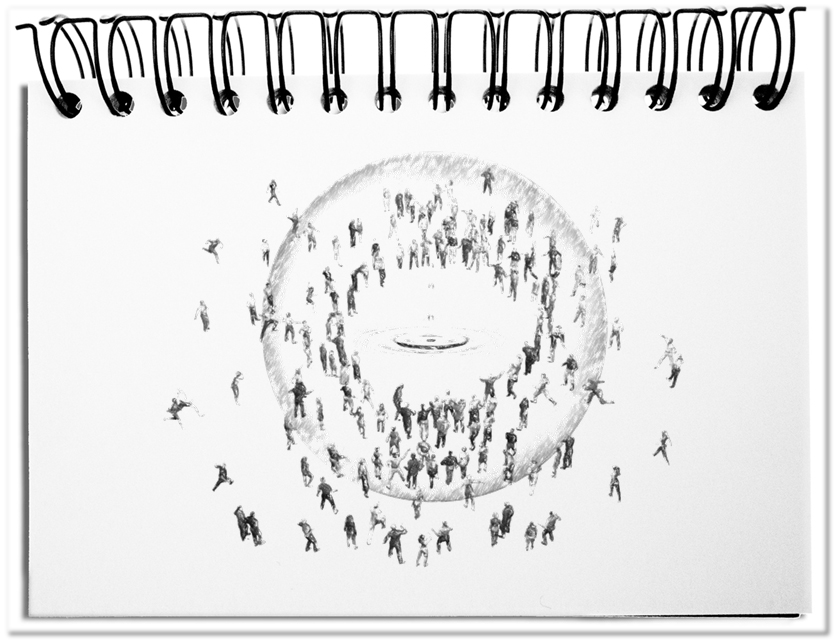Increasing volatility, uncertainty, complexity and ambiguity (VUCA) can no longer be mastered with the rigid structures of the past. Collaboration takes place across borders, wherever you look. The related structures are constantly changing and subsist on self-organizing actors who build, use and eventually resolve the necessary relationships. The result is a more or less dense network. Aside from today’s needs, where everything is just one click away, there are some arguments in favor of and against the use of networks.
The following ProCons affect not only networks but all types of communities.
Pros
The benefits cover more than just the economic interests of the companies.
- Competence advantages
The network draws its strength from the purposeful connection of resources and capabilities. The participants’ intrinsic motivation provides the network with a long-term advantage ahead of other forms, which on the one hand require a lot of setup time and on the other hand never have comparable access to this amount of competencies. - Information advantages
The actors provide a lot of information. This includes experience and knowledge about different markets, customers, products, technologies and, above all, business processes. By sharing this information (push vs. pull), they reach all network participants at a relatively high speed. - Resource advantages
The actors already provide a variety of resources – material and immaterial goods and especially people. Contrary to other forms of organization, the network offers an adjustable openness that makes it possible to expand resources faster. Just the use of these resources of the actors provide means that otherwise would have to be procured with much effort. In addition, this tool is usually better suited that is brought by the craftsman. - Social advantages
Getting to know like-minded people is a huge advantage for the actors. The sense of community offers an environment in which you can expect more pleasant working conditions and a trustworthy cooperation due to the same interests. - Economic advantages
Looking at the entire network, there are many savings for the company. Cost advantages arise when the actors already bring additionally to their commitment many resources that do not need to be purchased. The combined competence accelerates the business and reduces the risks. Practicing self-organization in a network avoids delays caused by a hierarchical structure with its long decision-making and communication paths.
Cons
Against networks speak especially apparent extra efforts, unpredictability and the difficult control.
- Time
Even with all the advantages, networking requires active involvement of its members. The open procedures and the lack of centralized control require other efforts of the participants, which are perceived at first glance as additional expenses. However, much higher overall savings can be made for the company. - Redundancies
Even with a lot of engagement in disseminating information, there can be more double work in the self-organized network than in a tayloristic organization. The lack of control can lead to a competition for the best idea that would be wasteful. - Increased communication effort
The multiplicity of actors increases the coordination effort, which can even not be avoided with agile approaches. New insights and experiences simply have to be shared, absorbed and processed. This effort is the price for a lot of advantages. - Cooperation issues
Of course, because of the variety of characters, there will not only be sympathy, but also antipathies that can burden collaboration and trust and eventually lead to an increased need for mediation. This makes team building an important exercise. - Lack of control
A strong driver for the formation of a network is the intrinsic appeal for each participant. Leadership could quickly disturb. At the same time, a network also needs a direction. Without centralized control, the network might take longer to reach an agreement. - Information loss
The open structure of a network and the frequent participation of individual members in different networks automatically lead to the leakage of information. Lack of secrecy could endanger the network.
Bottom line: Although many aspects speak against creation and participation in a network, you have to face the fact that a VUCA world creates new conditions that function in a way that cannot be covered by traditional approaches. The competence, information, resource social, and economic advantages are arguments for the use of networks. At the same time, appropriate measures have to minimize the risks.


